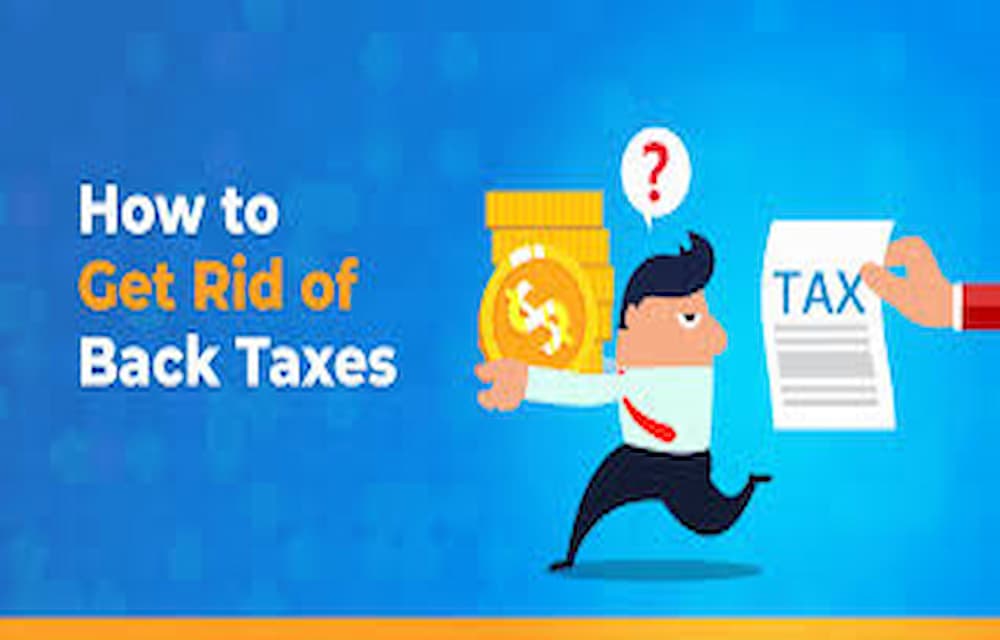Dealing with back taxes can be overwhelming and stressful, but with the right approach, you can resolve your tax issues and achieve financial peace of mind. Here’s a comprehensive guide on how to get rid of back taxes effectively:
1. Understand Your Tax Debt
The first step in addressing back taxes is understanding your tax debt. Gather all relevant documents, including tax returns, IRS notices, and statements of account. Determine the total amount owed, including penalties and interest. Understanding the scope of your debt helps you plan your repayment strategy effectively.
2. File All Outstanding Tax Returns
If you have unfiled tax returns, file them as soon as possible. The IRS requires all tax returns to be filed before considering any payment plans or settlements. Filing your returns shows your commitment to resolving your tax issues and can help reduce penalties and interest.
3. Review Your Payment Options
The IRS offers several payment options to help taxpayers manage their back taxes:
- Installment Agreement: This allows you to pay your tax debt in monthly installments. You can apply for an installment agreement online or by submitting Form 9465.
- Offer in Compromise (OIC): An OIC allows you to settle your tax debt for less than the full amount owed if you can prove that paying the full amount would cause financial hardship. Use the IRS’s Offer in Compromise Pre-Qualifier tool to see if you qualify.
- Currently Not Collectible (CNC) Status: If you can’t afford to pay your tax debt due to financial hardship, you can request CNC status. This temporarily halts IRS collection efforts until your financial situation improves.
4. Consider Professional Help
Navigating the complexities of back taxes can be challenging. Consider seeking help from a tax professional, such as a Certified Public Accountant (CPA), tax attorney, or enrolled agent. These professionals can provide expert guidance, negotiate with the IRS on your behalf, and help you find the best resolution for your tax situation.
5. Stay Current with Tax Obligations
To avoid accumulating more back taxes, ensure you stay current with all future tax obligations. File your tax returns on time, make estimated tax payments if required, and withhold the appropriate amount of taxes from your income. Staying current helps prevent further penalties and interest.
6. Communicate with the IRS
If you’re struggling to pay your back taxes, communicate with the IRS. Ignoring IRS notices or failing to respond can lead to more severe consequences, such as wage garnishments, bank levies, or property liens. Contact the IRS to discuss your situation and explore possible solutions.
7. Explore Tax Relief Programs
Some taxpayers may qualify for tax relief programs offered by the IRS or state tax agencies. These programs can provide assistance in reducing your tax debt, penalties, or interest. Research available programs to see if you qualify for any relief options.
8. Prioritize Your Payments
If you can’t pay your full tax debt immediately, prioritize your payments to reduce interest and penalties. Consider using savings, liquidating assets, or borrowing from family and friends to pay off your back taxes as quickly as possible.
9. Monitor Your Progress
Regularly monitor your progress in resolving your tax debt. Keep track of payments made, remaining balance, and any communication with the IRS. Staying organized helps ensure you’re on track to eliminate your back taxes.
Conclusion
Getting rid of back taxes requires a proactive approach, understanding your payment options, and staying current with future tax obligations. By following these steps and seeking professional help if needed, you can effectively resolve your tax issues and achieve financial stability.
This comprehensive guide provides practical advice to help you manage and eliminate your back taxes, ensuring a path to financial peace of mind.




